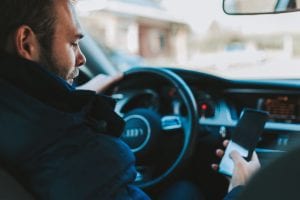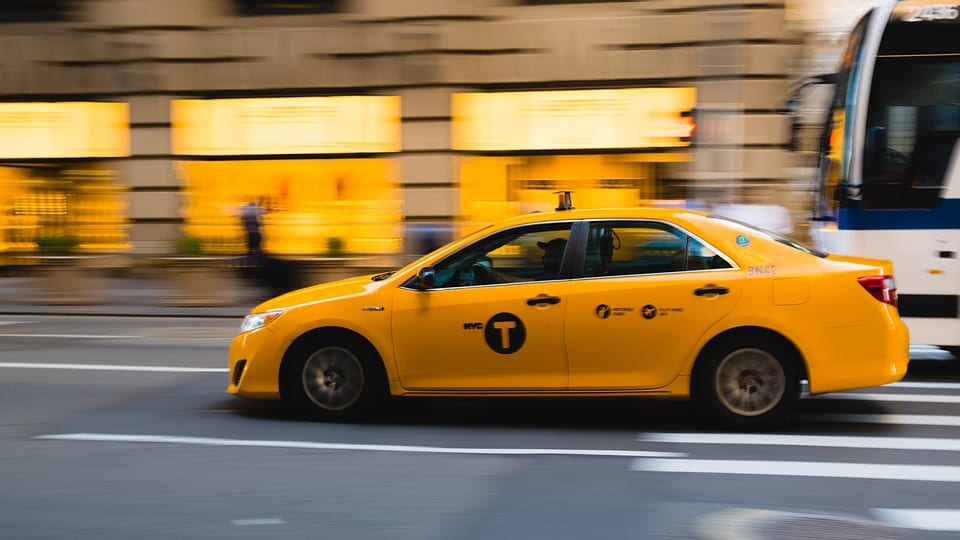At some point in the not-too-distant future, autonomous vehicles will be operated without the assistance of a backup driver.
According to the National Highway Transportation Safety Administration (NTSB), somewhere around 94% of all motor vehicle accidents are attributable to some type of driver error. One of the objectives of autonomous vehicle technology is to drastically reduce or completely eliminate auto accident injuries or fatalities that are caused by driver error.
The First Reported Robo Car Crash With a Pedestrian
In May of 2018, the first crash involving an autonomous car and a pedestrian occurred in Tempe, AZ. An autonomous Uber car hit a woman who was crossing a road at about 10:00 p.m. Although an emergency backup driver was behind the wheel of the car, she was believed to be looking down at her lap at the time of impact. In its investigation, the NTSB found that autonomous cars only monitored for pedestrians in crosswalks. The autonomous vehicle showed no evidence of recognizing the jaywalking victim because she wasn’t near a crosswalk.
The Technology Continues to be Developed
Testing on autonomous cars is increasing every day across the United States. As of 2022, Waymo & Cruise have been testing vehicles in California. Waymo vehicles have a human in the autonomous taxicab.
However, some attorneys wonder if the Waymo taxis will increase or decrease the number of car accident injuries overall. Manufacturers argue that these vehicles are going to be safer than vehicles driven by humans because they eliminate the factor of distracted drivers from the equation.

What comes to issue is that autonomous car technology is still in the development stage, and it’s still being introduced to unpredictable circumstances. These circumstances might include pedestrians ignoring a traffic signal, those who suddenly decide to jaywalk, or a child walking out from between two parked cars. For purposes of avoiding litigation and disclosure issues, Uber entered into a confidential settlement with the Tempe victim’s family.
Who is Responsible in the Future?
At some point in the not-too-distant future, autonomous vehicles will be operated without the assistance of a backup driver. When this happens, legislators will need to set parameters for determining liability and fault.
In cases of unpredictable pedestrian accidents, liability could be attributed to multiple entities. Any number of parties might be held at fault, including the pedestrian, the vehicle owner, the manufacturer, or even the manufacturer of a component part. Until such events come to light, liability is left to speculation.
Will Robo Taxis Results in Fewer Pedestrian Injuries?
The NHTSA outlines how they foresee how autonomous vehicles will be used to reduce injuries. With multiple benchmarks, it will take some time before we have fully autonomous vehicles on the road.
Self-driving vehicles will need to learn how to follow all traffic laws, adapt to current road conditions, take into account what other drivers could do. Once they reach this level of automation, they should be able to reduce human error and pedestrian accident injuries.


Join the conversation!